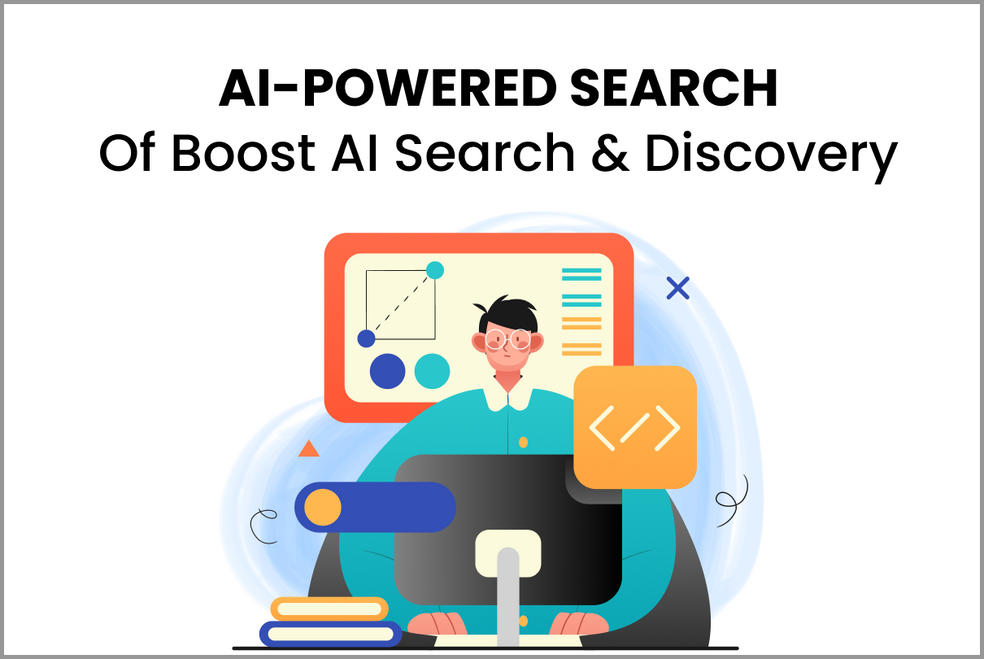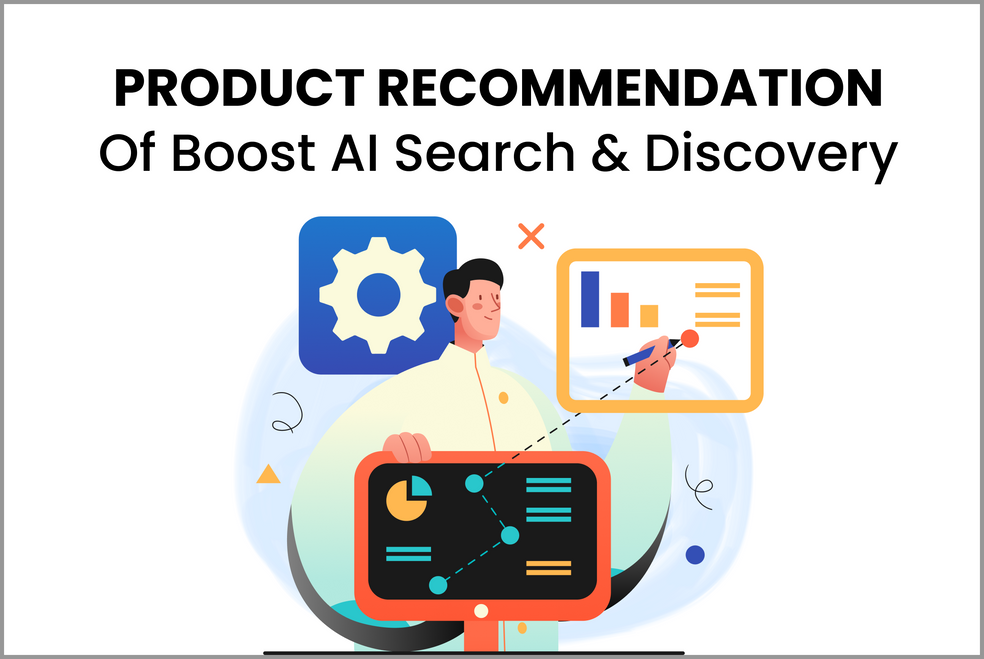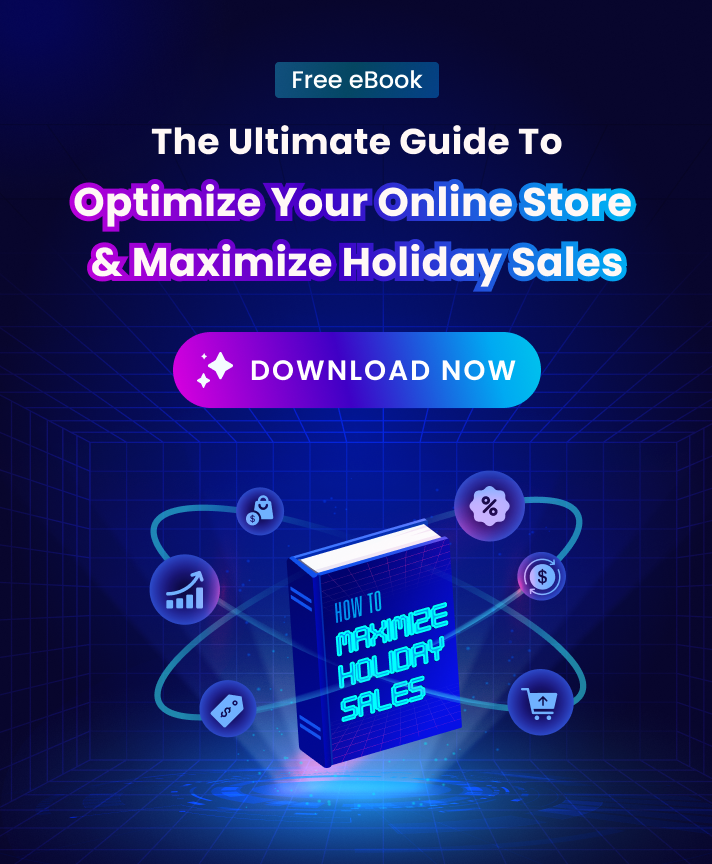What is Predictive Search?
Predictive search, also known as auto-complete, is an innovative technology used by search engines and other web-based applications. This technology provides users with an automated process of sorting search results according to user input.
Predictive search works by displaying suggested search terms, as the user types, based on the most likely search terms and/or most popularly searched terms.
What is it used for?
We are all familiar with using a search engine to find information quickly and easily. The predictive search takes this one step further, using machine learning algorithms to predict upcoming queries as your customers type them in, helping them find the information needed even faster.
Many websites and businesses use this type of site search to help customers quickly locate products, services, and other information without having to enter long strings of search terms. This speeds up the process of finding the right information, saving users time and encouraging more engagement on the website.
Many online stores predict search queries to personalize the customer experience by tweaking search results to their preferences. For example, a prediction model can be built to measure user preferences across multiple search queries and suggest more relevant search results.
In addition to helping customers find information quickly and easily, predictive search algorithms can also be used to optimize website layout and content.
This algorithms can be deployed to determine when and how often content needs to be updated to ensure it is tailored to the preferences of the customer. This can help businesses improve their SEO and conversion rates while providing customers with the content they want to see.
Examples of predictive search
Search engines such as Google and Bing use predictive search algorithms to suggest related searches as you type, saving users time by making search suggestions they likely would not have encountered otherwise. Many websites, including websites from companies such as Amazon and Walmart, also use predictive search to make it easier for customers to find the products they are looking for.
Related terms
Predictive search is often used interchangeably with related terms like auto-suggest, autosuggestion, auto-fill, search suggestion, and search assist. All of these terms essentially refer to the same search tool, but there are small variations that differentiate each.
Auto-suggest is the most commonly used term for describing predictive search and is used in various forms of technology. It focuses on predicting what a user is searching for by suggesting words or phrases that the user may be trying to type.
Autosuggestion provides alternative ways of phrasing the same term. This might be useful if the user is looking for a phrase with multiple keywords.
Auto-fill is usually used in the context of forms, such as shopping checkouts or web sign-ups. This type of predictive search recognizes the user’s input and automatically fills in related fields with similar details. This works by saving the user’s information that they’ve used in the past and using that to populate the current form with relevant data.
Search suggestion and search assist are two other related terms that allude to predicting a user’s search intent. Search suggestions often auto-populate the search box with words and phrases based on the user’s input. Search assist, on the other hand, refers to a list of related search terms that the user can scroll through to determine the most appropriate search term.
How to optimize predictive search?
Make the predictive algorithm as accurate and user-friendly as possible
The key to a successful search algorithm is making recommendations that are relevant and useful to customers. Algorithms should be built based on extensive search term analysis of how customers actually make use of the website, rather than preconceived notions.
Make sure your website is optimized for predictive results
You should offer predictions of search results that can provide great additional value to users. Your website should have an intuitive design and be fully optimized for mobile devices. This will help ensure that customers using predictive search will have an optimal experience, minimizing the effort required to find what they need.
Use predictive results to personalize content
Predictive search algorithms can also use predictive search results to tailor content to users’ preferences, increasing personalization and engagement with the website. To do so effectively, you must build a comprehensive understanding of your customer’s interests and how those change over time.
















